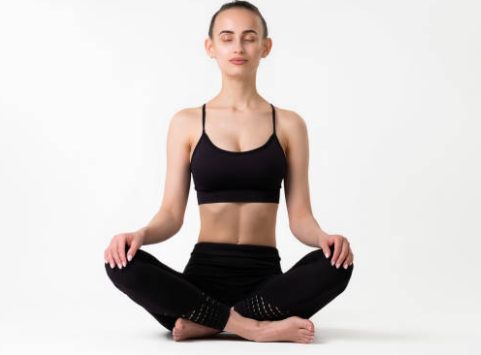Learn Right Way to Breathing: Why Breathe through Nose?
- April 10, 2021
- in Health

There is no denying that breathing is the door of life. But still if you want to understand it in detail, from the point of view of science, then keep reading…
- Properly inhaled breath can affect about a million miles long blood vessels spread in our body.
- The breathing method determines how much oxygen every cell in the body will get.
- How to breathe as a child determines what the facial texture will be like in an adult age.
- The type of breath can increase your discomfort and also calm your mind.
- Lower airways helps in controlling the lower lung system. This task is not easy.
Symptoms of breathing disorders
Breathing from the mouth, fast breathing, shortness of breath, frequent exhalation, yawning with deep breath, deep breathing before speaking.
Symptoms of breathing from mouth
Dry mouth, snoring while sleeping, frequent opening of sleep, disruption of breath while sleeping, dry mouth while waking up in the morning, nasal congestion when you wake up in the morning, cough and breathlessness.
Why is it important to breathe through the nose?
When breathing through the nose, the follicles and mucus present in the nose filter the air coming in. Nitric oxide released inside the nose is capable of killing germs and environmentally transmitted diseases. This improves our immunity. This process protects us from seasonal flu and allergies.
When we breathe through the nose, our lungs absorb more oxygen due to slow breathing. We exhale in the same amount as we breathe while breathing through the nose.
There are two benefits:
- Our lungs do not store a large amount of air. We are able to empty the lungs thoroughly, which improves the next breath.
- When we breathe through the nose, we are able to maintain the carbon dioxide level of our body. Unlike common thinking, carbon dioxide is a very useful gas. It helps to keep our airways open.
The right way and practice of respiration
(1) Breathe through the nose:
Meditate on breathing. Do this once or twice a day. Practice breathing slowly, releasing slowly. Take a light and slow breath.
You can also do two exercises for this:
- First, focus on the entry of cold air from the nose and then when hot breath comes out.
- In the second, inhale the breath from the nose, counting up to three, stopping the breath by counting up to two, and then exhaling the breath by counting up to five. This helps in lowering blood pressure, helps in controlling vertical breathing during a physical activity and improves oxygen saturation of blood.
(2) Breathe through the diaphragm:
Diaphragm is the main muscle of breathing, which is present between the chest and stomach of an umbrella. Breathing with diaphragm is also known as belly breathing.
How to breath through the diaphragm?
Lie down on your back to practice it, bend your legs slightly. Place a book on the stomach and breathe through the nose counting up to five and release it counting to five. The focus is on the fact that the book rises while breathing and comes down while releasing. The less you can reduce the speed of the book, the better. Do this exercise twice a day if possible for fifteen minutes. Doing it before going to bed at night will greatly improve the quality of sleep. This exercise must be performed by people who complain of anxiety, restlessness, and confusion.
(3) Make the breath consistent
It is a highly beneficial practice for heart patients. Usually we exhale from the nose within three seconds, i.e., the breathing time is very short.
In coordination with the breath, it is to practice breathing through the nose for five seconds, during which you experience bloating and the spread of the torso, the shoulders and chest. Then exhale for five seconds during which the stomach feels the pitching and the torso shrinking. This will make the breathing cycle ten seconds, which will be equal to six breaths per minute.
If you can’t start with five seconds, start with three. But keep in mind that breathing and exhalation should be the same. This exercise can control the speed of breathing. This respiration is beneficial in increased heart rate due to palpitation.
Author: Nilam

This article has been written by Nilam Mehta and she is one of the owner of this site/blog.
Nilam has worked in Pharmaceutical industry and have studied – Lifestyle Medicine from Doane University; Science of Exercise from University of Colorado Boulder. She believes that many of health problems can be cured naturally.
You can reach her on [email protected]



